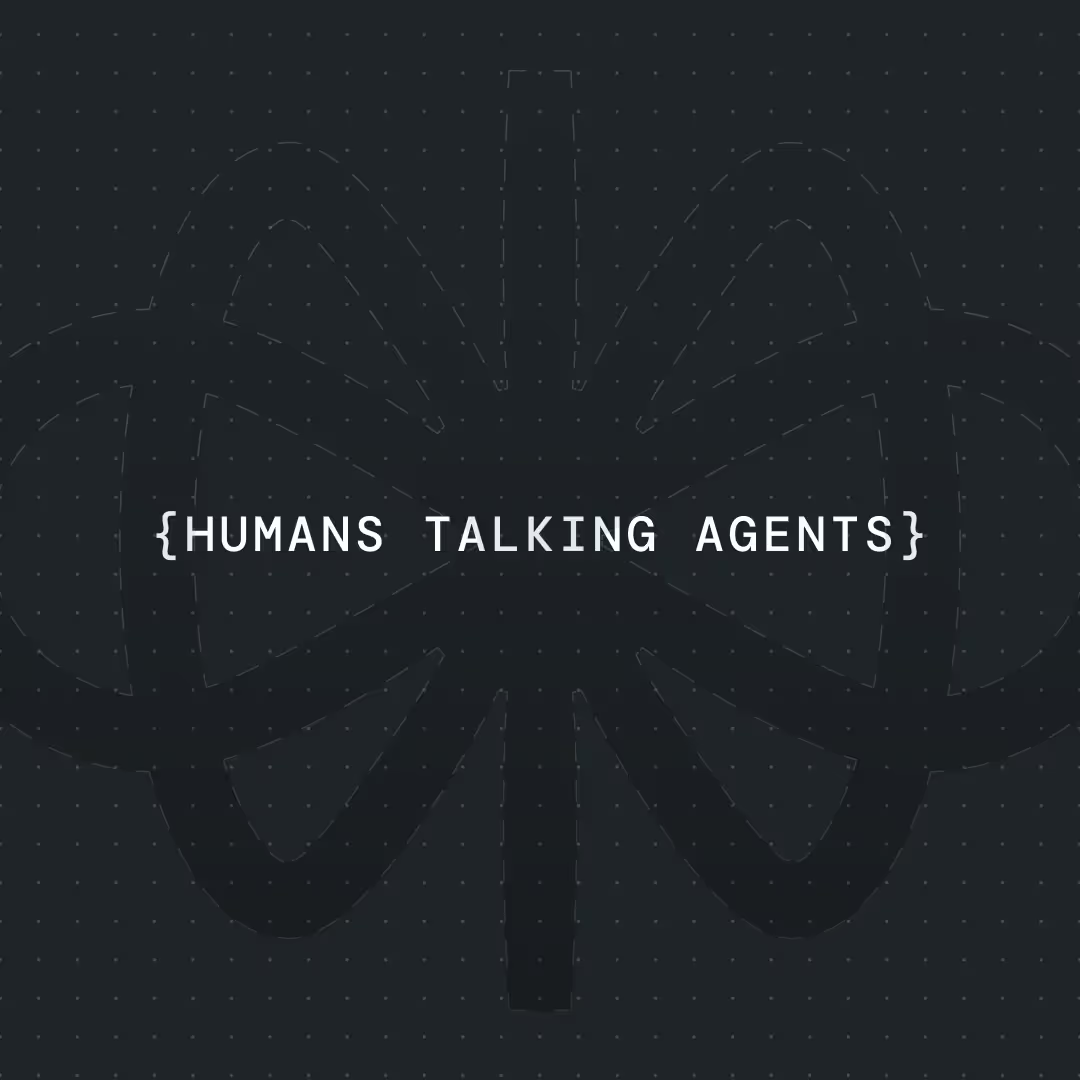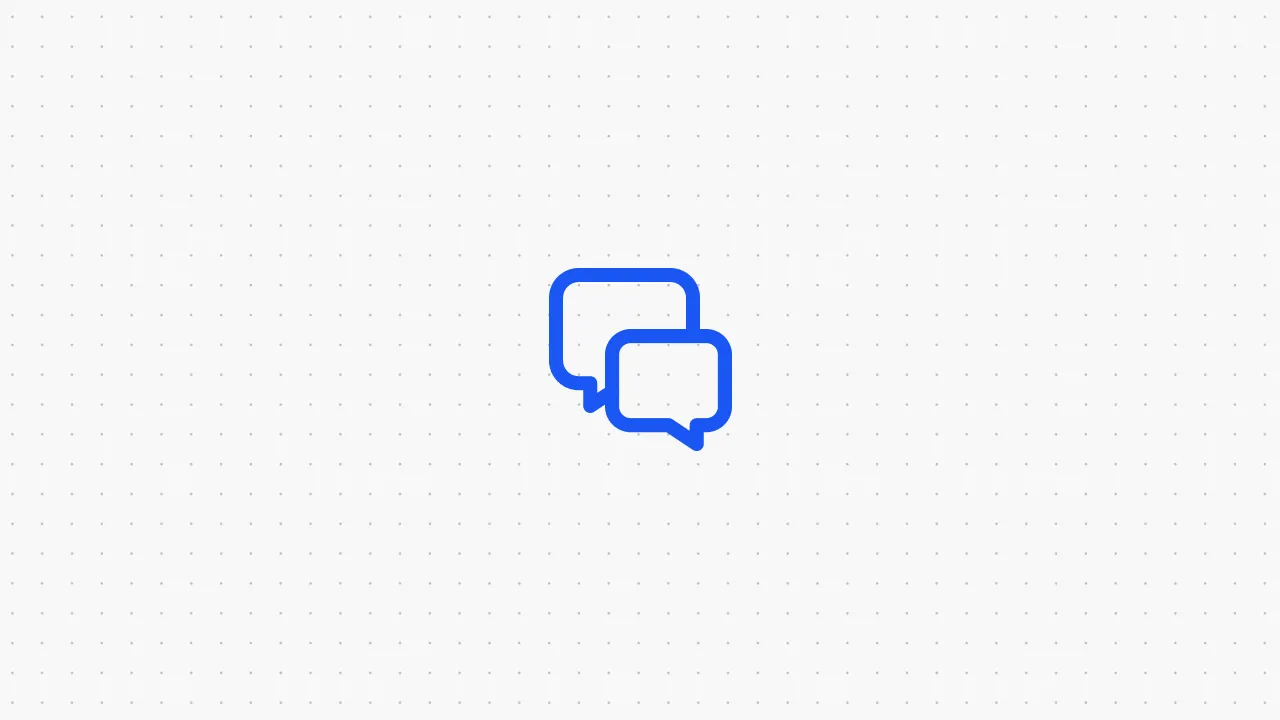How To Start An AI Automation Agency In 7 Days [Step by Step]




Artificial intelligence has quickly become one of the most profitable ventures for businesses. The McKinsey Global Institute states that by 2055, around half of all the work on planet Earth can be automated with AI, simplifying jobs and enhancing customer experiences.
Rather than participating in just one industry, you can provide AI solutions that can serve many. Here’s what you can do to get AI automation aspirations off the ground.
What Is an AI Automation Agency?
An AI automation agency is a business model in which an AI company consults with other companies in terms of how day-to-day operations can be improved upon using AI solutions. Typically, these AI companies offer applications, programs, and tools without any coding expertise or knowledge needed.
The purpose of businesses seeking these AI solutions is to save time and minimize expenses, so the business owners can make as much revenue as possible. Here’s how an AI automation agency can help businesses in each of these verticals:
Voiceflow has many templates for retail and eCommerce businesses, like this one, so you can get a head start on your AI solutions.
{{blue-cta}}
Other Types of AI Agencies
While AI automation agencies are becoming more prevalent, companies are also combining AI with other crucial departments of businesses to reduce bottlenecking and improve the department’s performance as a whole. Here are other types of agencies you can consider forming:
AI Marketing Agency
Because marketing involves a plethora of analytics, AI marketing agencies exist so that business leaders can see a clearer picture of how their company is doing and where they need to go from there. AI-powered analytic tools can help track sales, identify trends, and measure return on investment (ROI) from marketing efforts.
AI Development Agency
With AI today, agencies are also capable of developing bespoke AI and machine learning solutions that specifically meet the needs of the company they were designed for. These solutions include chatbots, virtual assistants, content engines and more.
AI Sales Agency
AI agencies can specialize in tasks that help companies along with their sales funnels. These agencies can implement solutions to simplify email outreach, lead generation, and appointment booking. Sales automation will allow companies to maximize profits, while alleviating pressure on sales and customer service departments.
How to Start an AI Agency?
Whether you’re an experienced entrepreneur looking to launch a new company or a scrappy AI professional looking to lead a team for the first time, you have the opportunity to make a difference to many businesses. There’s no textbook way to start an AI company, as there are various avenues to take and decisions to ponder over. Here are the steps needed for a successful leap into AI automation:
1. Establish what you want your business to achieve: It’s important to verify what kind of AI agency you want to have, in addition to what solutions you want to offer and what types of businesses you want to work with. An easy way to find success is to market yourself as a master of a certain niche, rather than an amateur of every niche.
2. Understand the needs of your ideal clients: You’d like to solve problems that companies in your niche face. For instance, if you’re looking to help local restaurants achieve 100% accurate orders each time, there’s an opportunity for you to use AI to create helpful solutions for such companies.
3. Create your solutions using AI products and tools: It can be very simple to take advantage of AI solutions from other companies such as Voiceflow and create a blueprint for your own automation services.
4. Market your products and services: Come up with a detailed marketing strategy that includes content marketing, email marketing, social media, and/or scheduled events. Each of these tactics make for a novel way to build relationships with clients.
5. Catch up on AI industry trends: As you count on your AI automation agency to run indefinitely, you’d like to stay up-to-date on the newest breakthroughs in both AI and the industries you wish to specialize in.
How Much Does AI Automation Services Cost?
The cost of AI automation services from companies is reliant on different factors. This can include the particular services on offer, the scope of the client’s project, and the service level. Here are two agencies with varying services and price plans:
Find 2 actual agencies and the cost of their services.
Waking Digital: This company offers automation services for sales, HR, marketing, legal, and customer support, starting at $749.
ServiceNow: With flexible AI solutions, this firm aims to help alleviate burdens for customer service reps, employees, developers, and even customers. While you need to contact the company for an estimate, plans start at $100 per user per month.
{{black-cta}}
Best AI Automation Services to Sell
- Custom chatbots: You can create an automated assistant for customers or employees to use that can help carry out tasks and provide crucial information.
- Robotic process automation (RPA): For companies that involve repetitive tasks and no room for error, RPA can allow you to create software that allows robots to send emails, manipulate web data, and interact with other systems or APIs.
- Predictive analytics: Many companies can benefit by relying on AI to forecast future outcomes. Solutions can adopt one of three predictive analytics models: regression, neural networks, or decision trees.
- Natural language processing (NLP): This technique helps AI systems understand human language rather than just read it and act based on script. Amazon Alexa is a notable example of a device that uses NLP to understand the owner.
- Machine learning solutions: Whereas NLP analyzes written text, machine learning allows a language model to gain knowledge based on conversing more with a particular user. With machine learning, AI can make decisions on tasks and responses without human involvement.
Can AI Automation Agencies Build Custom Chatbots?
AI automation industries can build custom chatbots for specific companies. But Voiceflow allows you to build custom chatbots without the middleman.
Use Voiceflow to build a chatbot your ideal way, by training it with documentation, creating a conversational flowchart, and implementing ChatGPT easily without any coding required. Sign up to Voiceflow today and get a 14-day free trial of our Pro plan.
Frequently Asked Questions
How long does it take to see results from AI projects?
Some AI implementations, like a customer service chatbot, can deliver immediate benefits. However, more complex AI projects that require extensive integration may take several months to fully implement and optimize.
What are the costs associated with hiring an AI agency?
The costs of hiring an AI agency vary by the project complexity and service scope. Costs can range from $10,000 to over $100,000. You should always get detailed quotes and understand pricing. Voiceflow has transparent pricing and doesn’t require long-term commitment, get started today—it’s free!
Get the latest AI agent news
Join Voiceflow CEO, Braden Ream, as he explores the future of agentic tech in business on the Humans Talking Agents podcast.










